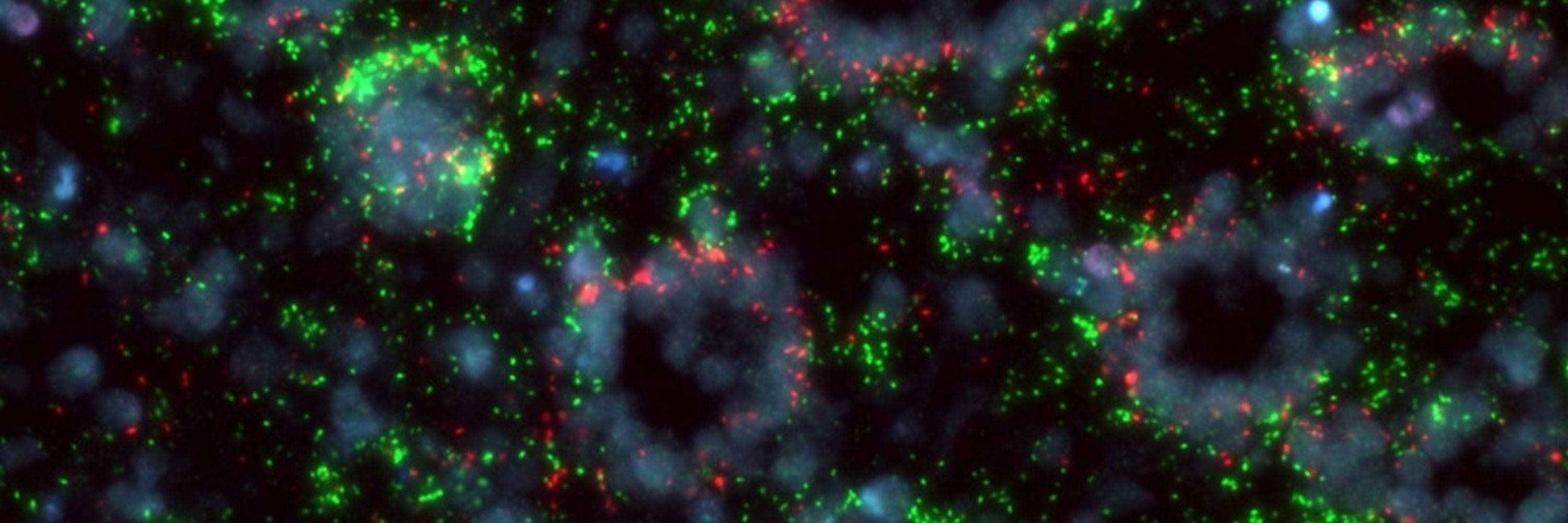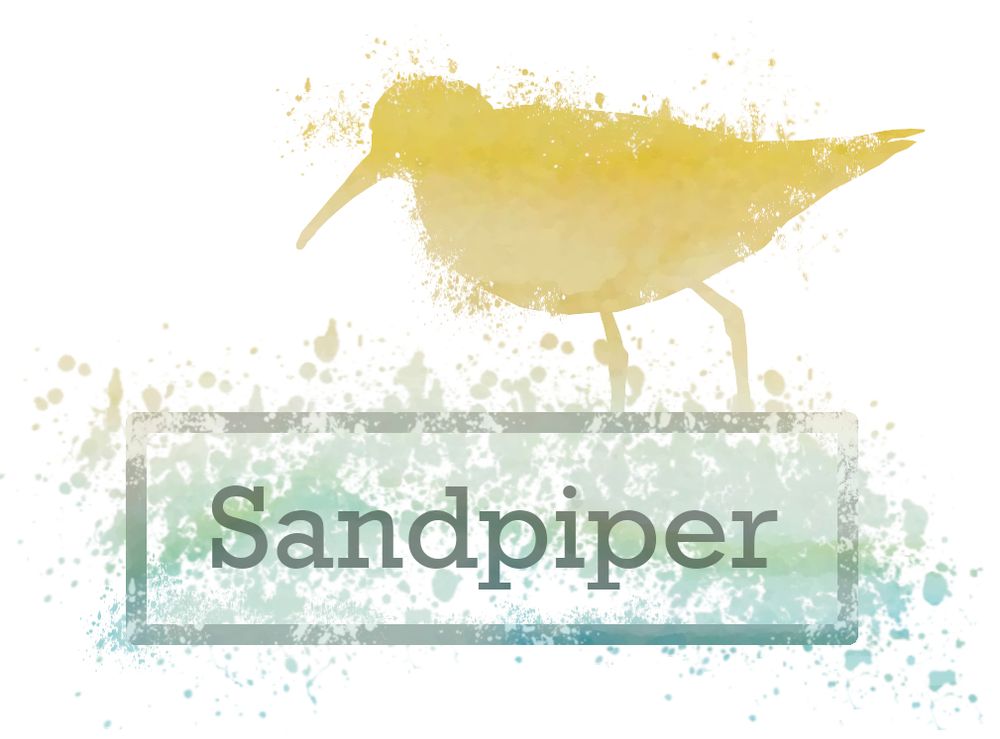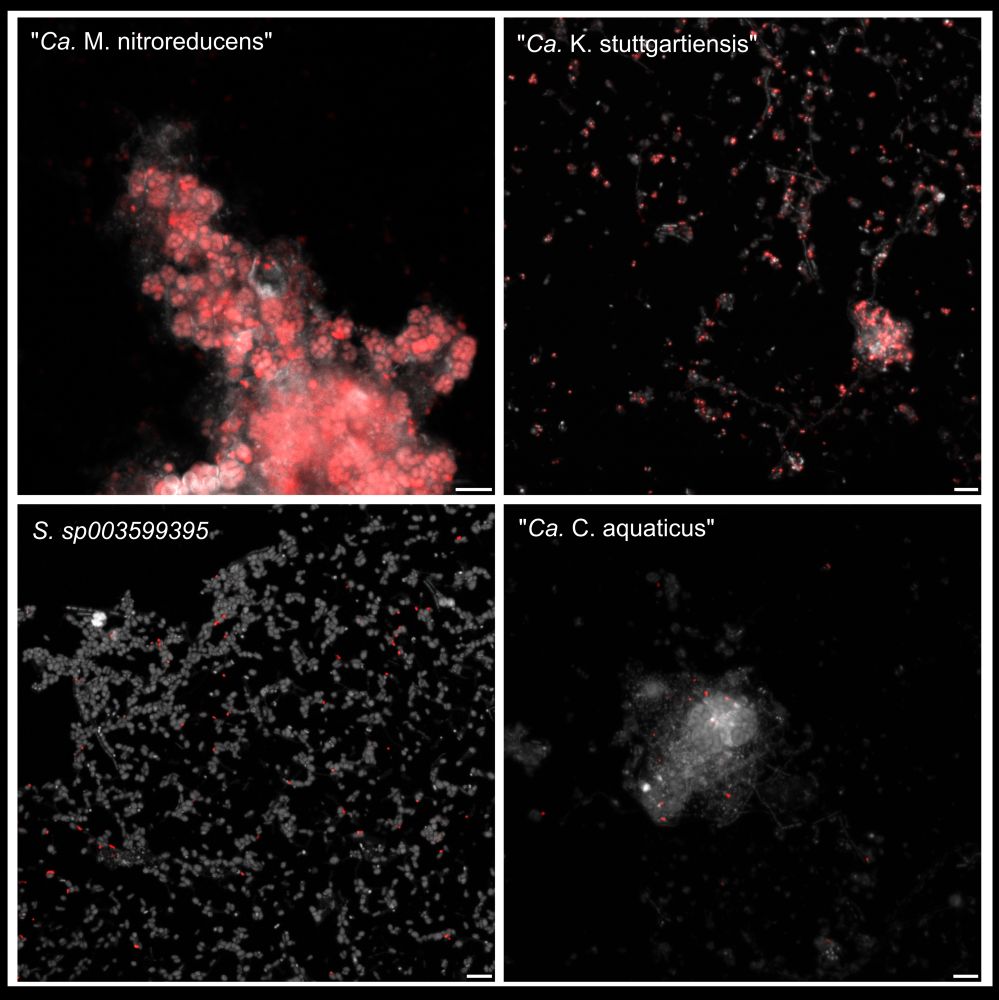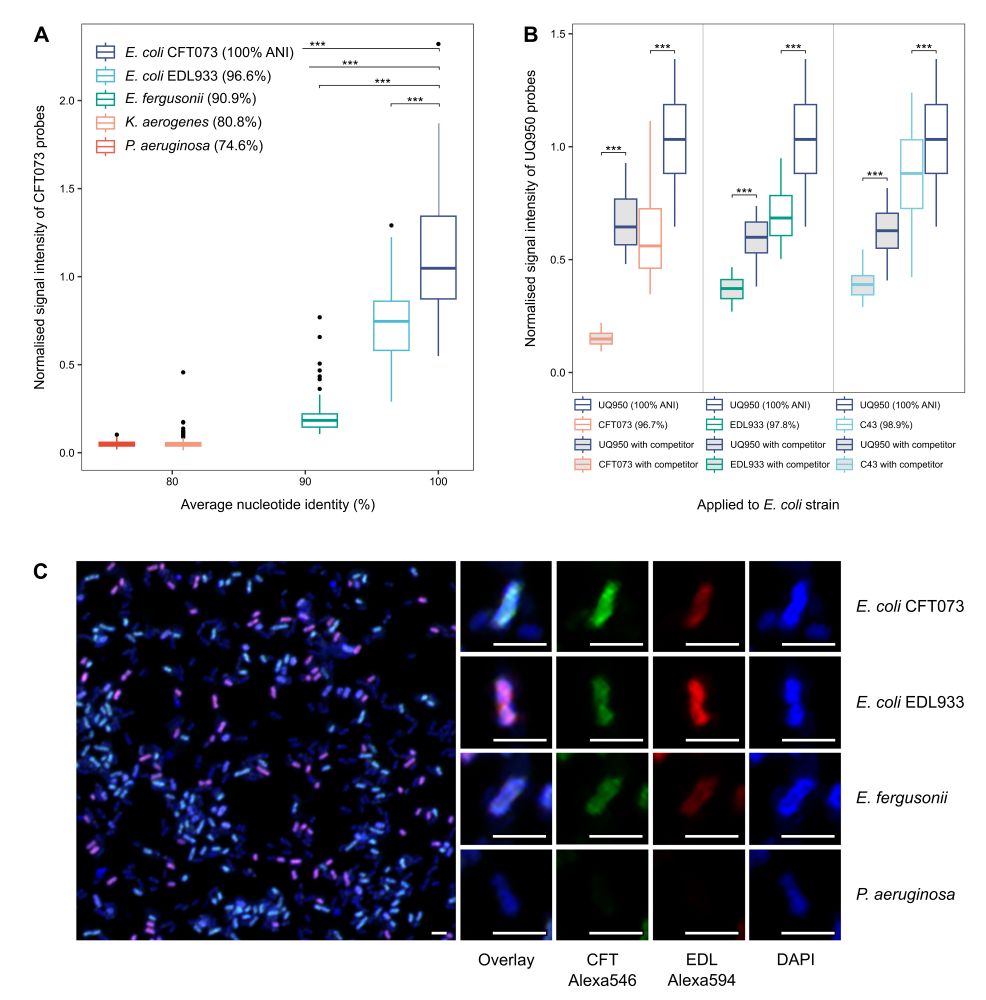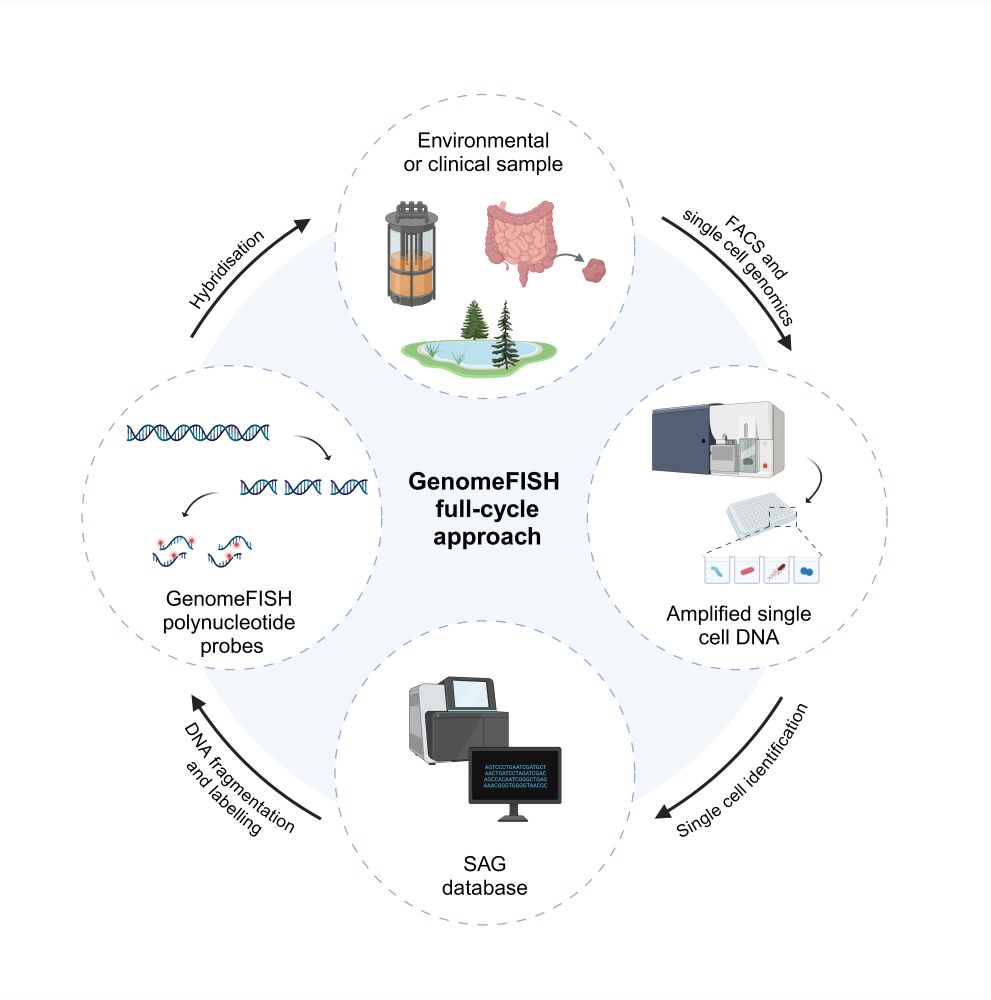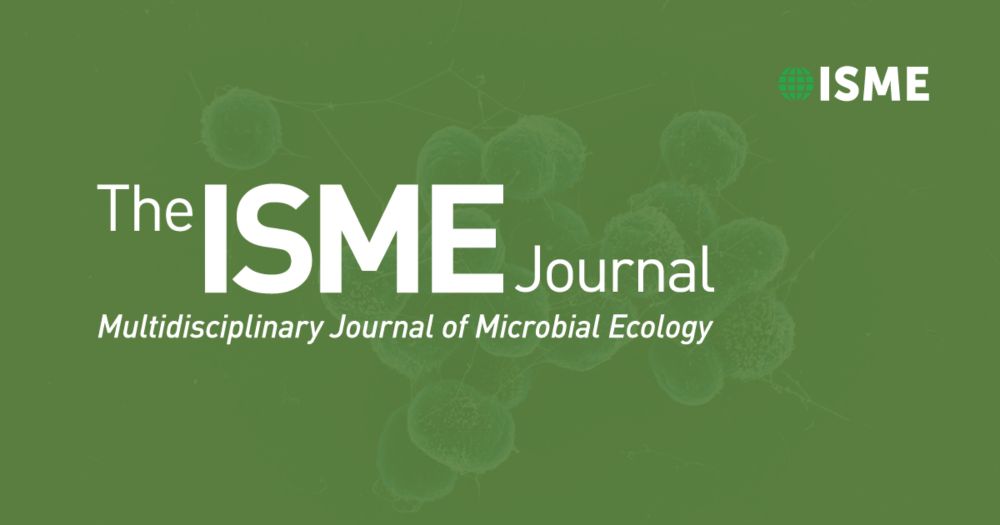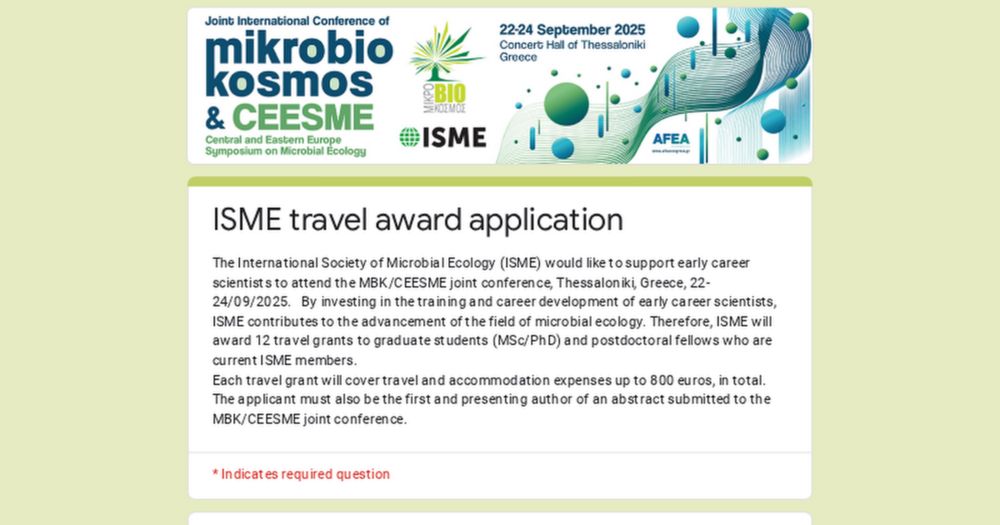Pam Engelberts
@pam-engelberts.bsky.social
210 followers
440 following
19 posts
Post doc @cmrqut.bsky.social with a love for imaging, baking, and nature
Part of BrisJAMS @brisjams.bsky.social and ISME ECSC @isme-microbes.bsky.social
Posts
Media
Videos
Starter Packs
Reposted by Pam Engelberts
Reposted by Pam Engelberts
Reposted by Pam Engelberts
Reposted by Pam Engelberts
Reposted by Pam Engelberts
Simon Roux
@simrouxvirus.bsky.social
· Jul 22
Reposted by Pam Engelberts
Ryan Ziels
@ryanziels.bsky.social
· Jul 16
Activity-targeted metaproteomics enhances the ecophysiological characterization of cryptic syntrophic metabolisms
Syntrophic microbial consortia can contribute significantly to the activity and function of anoxic ecosystems, yet are often too rare to study their in situ physiologies using traditional molecular me...
tinyurl.com
Reposted by Pam Engelberts
Reposted by Pam Engelberts
Reposted by Pam Engelberts
Reposted by Pam Engelberts
